Common name: crack willow
Scientific name: Salix fragilis
Family: Salicaceae
Origin: non-native
Scruffy and loud, the crack willow is named after its habit of splitting with cracks and fissures, and how noisy its branches are when they break. It’s one of the largest willows and its leaves are popular with moth caterpillars.
Common name: crack willow
Scientific name: Salix fragilis
Family: Salicaceae
Origin: non-native
The crack willow is hard to tell apart from the white willow. Mature trees grow to 25m. The bark is dark brown and develops deep fissures with age, and twigs are slender, shiny and yellow-brown.
Look out for: mature leaves which are hairless and shiny on top and sparsely hairy below. Catkins appear before the leaves.
Identified in winter by: the twigs which are brittle and make a 'crack' sound when snapped. Yellow-brown, hairless, narrow buds are pressed close to the twig.

Credit: Nature Photographers Ltd / WTML
The oval leaves are similar to those of the white willow, being long and slender, dark, glossy green above and light blue-green below. However the leaves of the crack willow are longer than those of the white willow, and they do not have a covering of fine, silky white hairs on the underside.
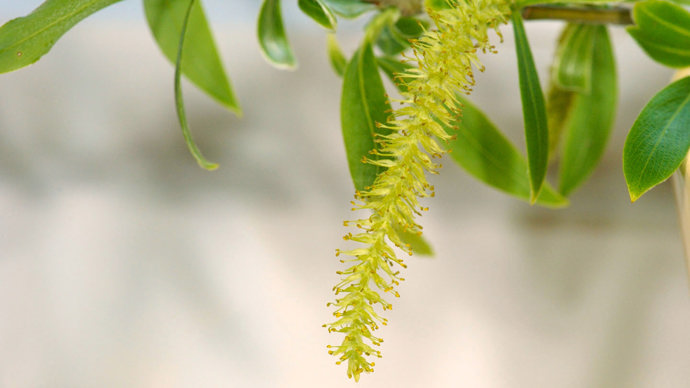
Credit: Floralimages / Alamy Stock Photo
The crack willow is dioecious, meaning male and female flowers are found on separate trees. The catkins flower in May – the male’s being yellow and the female’s green.
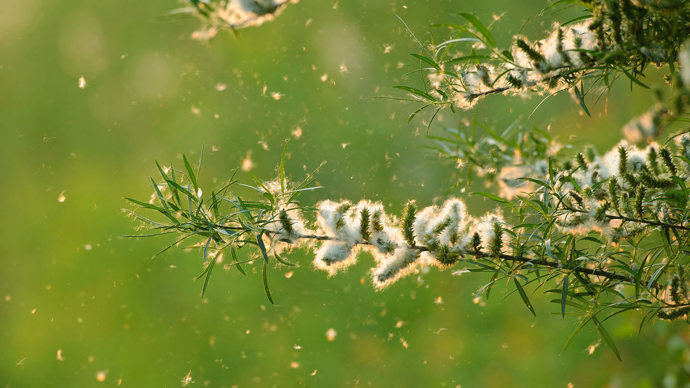
Credit: Terry Whittaker 2020 VISION / naturepl.com
After pollination by bees, the female catkins transform into woolly white seeds which are dispersed by wind.
Other willow species which all freely hybridise. Crack willow often hybridises with white willow (Salix alba).
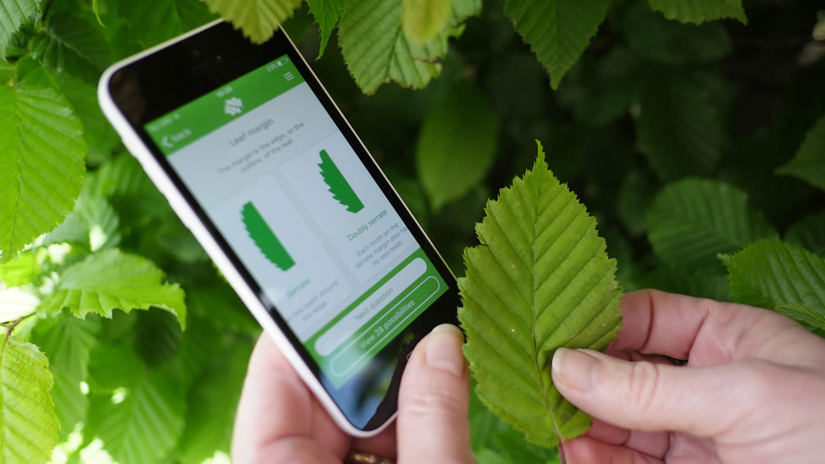
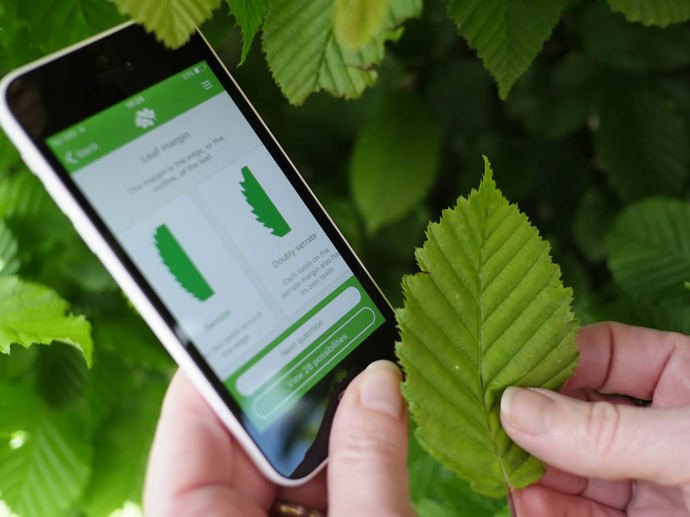
Download our free Tree ID app for Android and iPhone to identify the UK's native and non-native trees. It's an A-Z tree guide in your pocket.
Crack willow is spread across the UK and native to Europe and Western Asia. It is often found growing alongside rivers, lakes and watercourses and is regularly planted to stabilise banks and dykes.
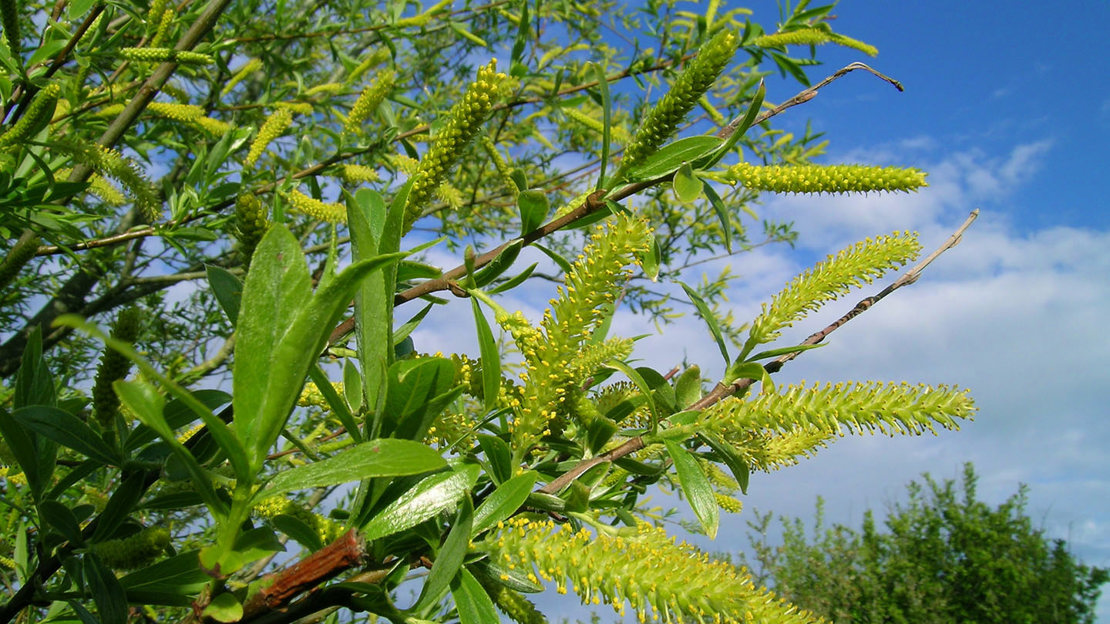
Caterpillars of a number of moth species feed on the foliage, including the puss moth, eyed hawk-moth and red underwing. The catkins provide an important source of early nectar and pollen for bees and other insects, and the branches make good nesting and roosting sites for birds.
All willows were trees of celebration in biblical times, but this changed over time and today willows are more associated with sadness and mourning. In northern areas, willow branches are used instead of palm branches to celebrate Palm Sunday.
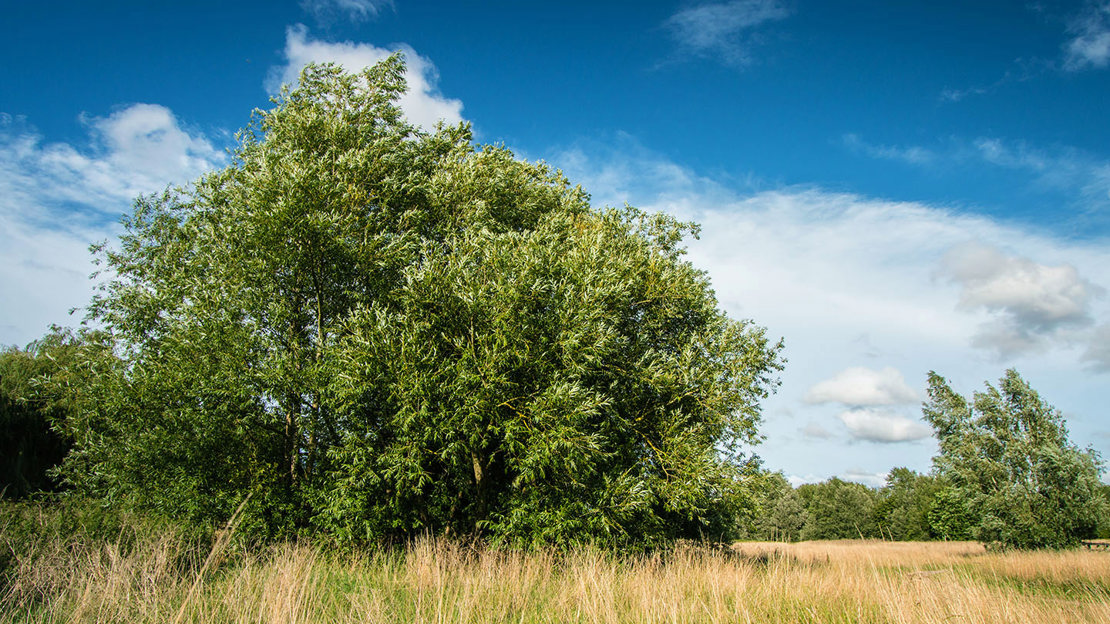
Willows are prized for their slender stems which have been used for many years to weave baskets and 'cribs' for animal food. Larger stems were traditionally used to make small sailing boats.
Like other willows, crack willow is susceptible to watermark disease caused by the bacteria Brenneria salicis. Over time, this leads to affected branches dying back and red leaves developing in the crown. If left untreated, the tree can die.